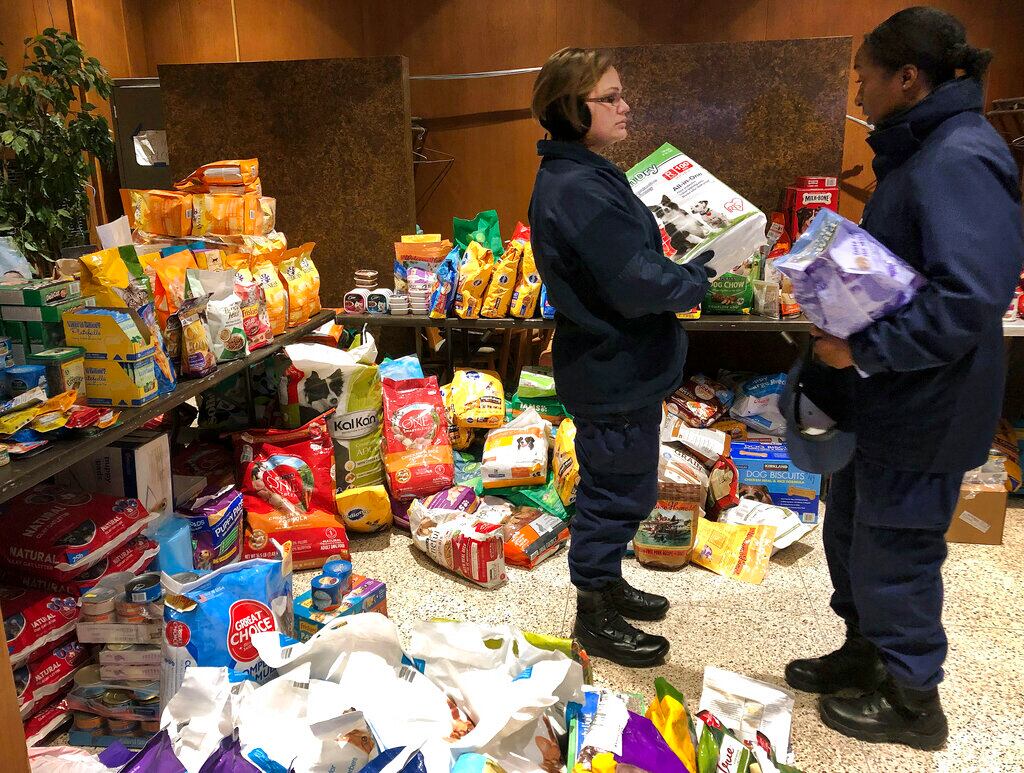source GAIA package: Sx_MilitaryTimes_M6201310303190005_5675.zip Origin key: Sx_MilitaryTimes_M6201310303190005 imported at Fri Jan 8 18:18:09 2016
Seven North Carolina-based Marines were killed and several others were injured after a 60mm mortar exploded Monday night during live-fire training at Hawthorne Army Depot in Nevada.
They were assigned to 1st Battalion, 9th Marines, out of Camp Lejeune, Marine Corps Times has learned. On Tuesday, the service issued an indefinite moratorium on firing 60mm mortars until an investigation determines they're safe, a Marine official told The Associated Press.
The accident occurred just before 10 p.m., said Capt. Binford Strickland, a spokesman for II Marine Expeditionary Force, the battalion's parent command. Marine officials have not identified anyone involved in the incident, nor have they said how many were injured, but media in nearby Reno, Nev., reported Tuesday morning that eight patients were taken to local hospitals for treatment and that at least one was subsequently released.
Renown Regional Medical Center in Reno, the area's major trauma hospital, took eight patients, including one who died, according to spokeswoman Stacy Kendall. Three were listed in serious condition.
All the patients are men under the age of 30, she said, describing their injuries as penetrating trauma, fractures and vascular injuries.
The circumstances leading up to the explosion remain unclear. One account said the mortar exploded in a tube as Marines prepared to fire it. Another suggested it went off as they loaded it.
The Marine Corps official who spoke to The Associated Press said it was unclear why the mortar exploded unexpectedly. An explosion at the point of firing in a training exercise could kill or maim anyone inside or nearby the protective mortar pit and could concussively detonate any mortars stored nearby in a phenomenon known as "sympathetic detonation."
The official did not know whether the seven dead Marines and several others who were hurt were in the same firing pit, standing nearby for training observation or in an adjoining mortar pit, but any of those situations would have been dangerous after such an explosion.
The official said a worldwide moratorium after such an accident is not unusual and would persist until the investigation determines that the weapon did not malfunction in ways that would hurt other Marines or that mortars manufactured at the same time as the one involved in the accident were safe to continue to use. The official said it would be normal to warn other U.S. military branches that use 60mm mortars, such as the Army, about the Marines warning. The moratorium could last for weeks or months.
The investigation will focus on whether the Marines followed procedures to properly fire the weapon, whether there was a malfunction in the firing device or in the explosive mortar itself, the official said.
Lightweight, portable mortars are used to provide suppressive fire. In combat, mortar teams take calls for fire support from forward observers, locate their target on a map and then determine what size shell will get the job done.
Rounds are loaded via the mortar's muzzle. They're pushed down into the barrel until they reach a firing pin. A flame ignites the propelling charge, producing intense pressure that fires the round out and into the air. Typically, 60mm mortars have a range of 3,500 yards.
It's not immediately clear what type of 60mm shell was involved in the accident. The Marine Corps has several types of "high explosive" rounds, which are used to take out lightly armored targets.
The Marines involved in the accident traveled to Hawthorne from the Marine Corps Mountain Warfare Training Center in nearby Bridgeport, Calif., where they were participating in Mountain Exercise 1-13, said Capt. Nicholas Mannweiler, a Marine spokesman for the training center.
Officials with Joint Munitions Command, which oversees Hawthorne, would not comment on the nature of the training, deferring all questions about the incident to Marine Corps officials. The high-elevation weapons depot, which spans more than 147,000 acres, has been used by Marines and Navy SEALs to train for deployments to Afghanistan. Sitting at an elevation of 4,330 feet and surrounded by mountains topping 10,000 feet, Hawthorne makes a good stand-in for the rugged and mountainous terrain of Afghanistan's eastern region.
Marine Corps Times reported in 2010 that Hawthorne had seen its business triple between 2008 and 2009 due to rotations of Marines conducting live-fire training as part of the Mountain Warrior exercise run by the Mountain Warfare Training Center in Bridgeport.
Accidents of this magnitude are rare during Marine Corps live fire exercises, but they do happen.
In March 2011, eight Marines and two sailors with Camp Lejeune's 10th Marine Regiment were injured by shrapnel after an explosion in the barrel of a 155mm lightweight howitzer during live fire training at Fort Bragg, N.C. Two were airlifted and eight taken to local emergency rooms with lacerations and burn wounds.
Staff writer Andrew deGrandpre and The Associated Press contributed to this report.





